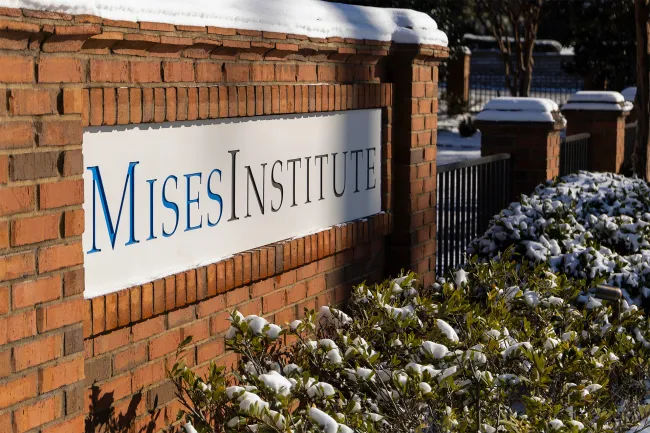When constituting what a “well-regulated militia,” looks like, look no further than the first armed conflict of the War of the Revolution.
Learning of military supplies being held in the town of Concord, British General, Thomas Gage, sent troops from Boston to seize these stores. The general had recently received a directive from the British Prime Minister to “restore the vigour of government” back to the colonies. It was time to reclaim control over the unwieldy rebels.
In the early morning hours of April 19, 1775, while en route to Concord, the British regulars were encountered by a rowdy militia of patriots in the town of Lexington. These “minute men” had been warned of the approaching regulars by Paul Revere and William Dawes. They were led by Captain John Parker who, as the British approached, told his men to stand their ground and only fire if fired upon. “…if they mean to have war, let it begin here.”
Once face to face, a shouting match ensued, but no initial shots fired. British Major, John Pitcairn, had given his men the same order as Parker. These shouts were nothing new. Public confrontations had been increasing over the years, leading to this very day…
—to a shot finally being fired.
It’s well-known that both sides were quick to claim that the other side took the first shot. Lexington pastor, Reverend John Clark, witnessed the entire event and insisted the shot came from the British side. Perhaps I’m biased, but who am I to disbelieve a man of the cloth?
The Reverend’s claim strengthens when considering the mindset of each side. By this point, the patriots had resolved to dig in their heels. They weren’t budging. On the other side, the British were likely fatigued and annoyed by these repeated episodes of obstinacy. Who often takes the first shot in this scenario?
Regardless, the shot was fired. Then there was a brief pause. Then more gunfire, this time from both sides, resulting in the first bloodshed of the War.
The British regulars eventually moved past the patriot militia, who weren’t necessarily blocking the path but were instead there to stem the tide, and marched on to Concord to execute their mission.
Still early in the morning, they arrived at Concord and were able to seize very little, burning much of what they did find. Overall, it was a dissatisfying haul.
The British had primarily come to confiscate and destroy military supplies, to help prevent another event they’d just come from. But the patriots had been successful in hiding these primary targets, sacrificing secondary supplies, mostly barrels of flour. They received an assist from Revere’s warning and the Lexington delay.
To make matters worse for the regulars, the patriots were not yet finished. The Lexington militia had only been the first wave.
Seeing the smoke, and initially thinking the regulars had set fire to the entire town, additional waves of patriots moved in on the town, meeting the regulars at the North Bridge. This time shots were fired and returned with less hesitation. This was now a battle and not a skirmish.
Realizing they were surrounded by militias, hundreds of self-trained and self-taught men who knew the terrain and used it to their advantage in their flanking of the regulars, the call was made for the British to retreat back the way they’d just come. Earlier in the day, after learning that patriots had plans of thwarting their plans, Major Pitcairn had sent back to Boston for reinforcements, and hoped he could lead the militia into a trap of his own.
But this was not the type of warfare the British were used to. As they retraced their march, they were harassed by militia men the entire way. The patriots hid amongst the trees, in burrows and ditches and mounds along the path, firing at the confused regulars. The organized chaos present in these guerrilla tactics eventually forced the British to make a full retreat back to Boston.
British relief commander, Lord Percy, later described the patriots as “the most artful villains in the world.” To his point, art can certainly be found in organized chaos.
The patriots, however, simply would have claimed to be well-prepared and well-trained—which 18th century English grammar translates to “well-regulated.” One might say they had been regulated well enough to stem the “restoration of vigourous government,” which, to the patriots, translated to the “suppression of liberty.”
This article originally appeared in the blog Emerging Narratives.

